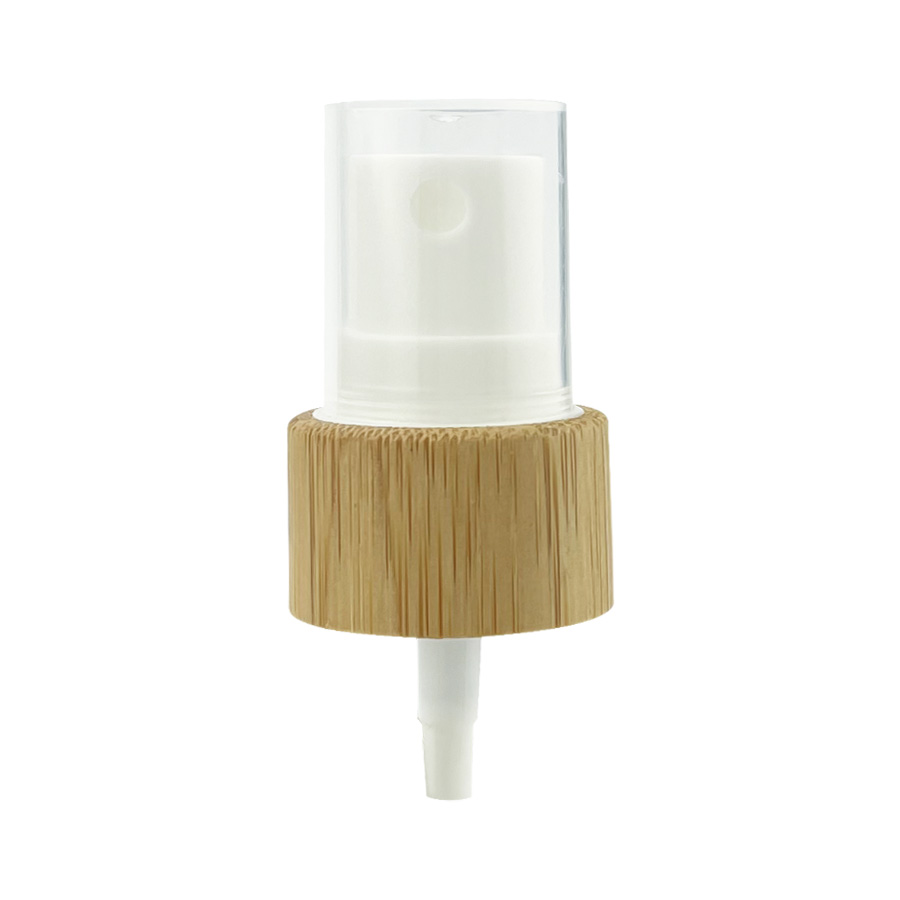Gaskets and Fluid Compatibility: Verify the correct gasket material is compatible with your spray fluid and/or any additional chemicals, fertilizers, powders, granules, etc. This is necessary to ensure consistent system performance and pump service life.
Size and Types of Pump: Select a pump with the total plumbing GPM* and PSI pressure needed for your spray system needs as well as any restrictions or specific job duty requirements. It is also important to verify the overall intended use, nozzle pressure and GPM desired, pump casing and gasket materials compatibility with your spray fluid and any additional chemicals, fertilizers, powders, or granules, as well as the appropriate power drive to satisfy all of your work needs.
Shaft Rotation and Mounting: Choose a pump with the proper shaft rotation for the power source and the pump drive. The pump drive shaft must have either clockwise (CW) or counterclockwise (CCW) rotation to work properly with the engine on a gas or electric motor or tractor PTO.
Many modern sprayer pumps offer a wide-use range of max GPM flow rates, pump PSI pressures, sizing and installation dimensions, manufacturing material and shaft rotation mounting options, and multiple power drives to fit your work needs. Using a Web page worksheet or other helpful information provided by the manufacturer, you can determine your pump sizes based on typical field application scenarios and any restrictions.


 English
English 中文简体
中文简体
 EN
EN 












 Fine Mist Sprayer
Fine Mist Sprayer